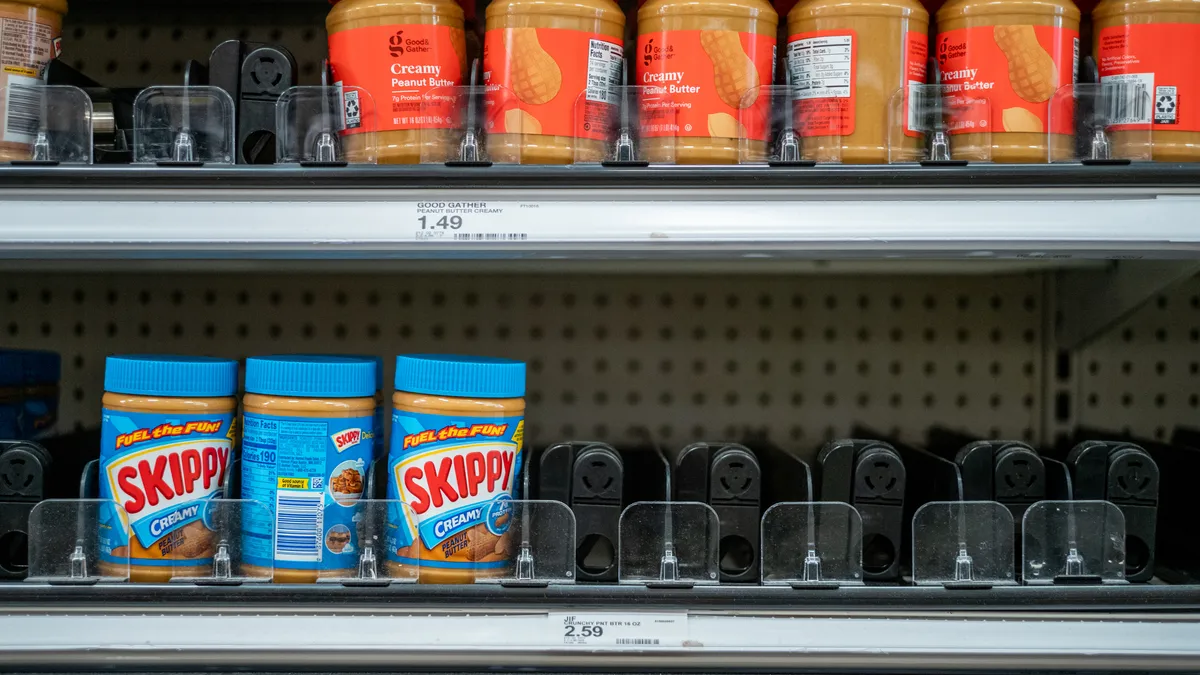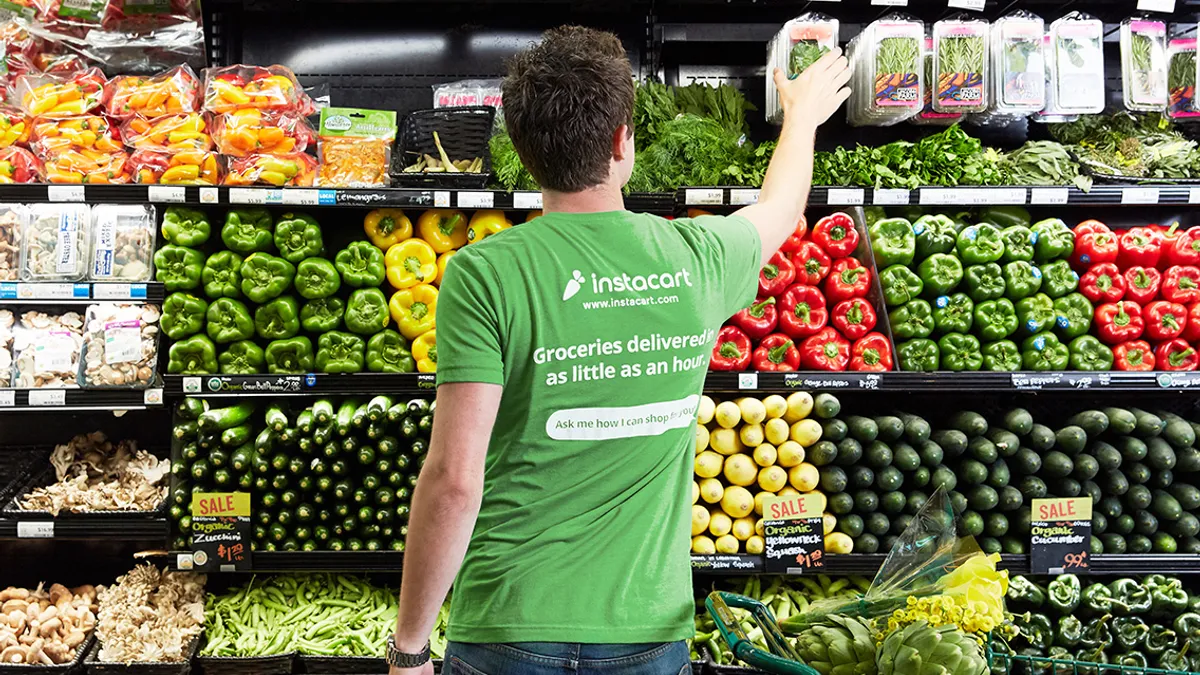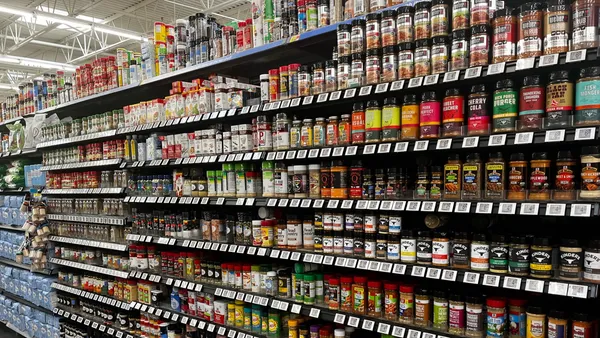The Friday Checkout is a weekly column providing more insight on the news, rounding up the announcements you may have missed and sharing what’s to come.
The weather’s impact on consumer behavior and product demand can be a no-brainer. Warm temperatures typically spur demand for cold beverages and ice cream sales, for instance.
But then there are the weather-driven behaviors that retailers and restaurants wouldn’t typically expect. A Tuesday session at the National Retail Federation’s annual conference in New York that included an H-E-B vice president, Albertsons senior director and Chipotle Mexican Grill data science manager explored how predictive weather-driven demand analytics can help better anticipate customers’ needs.
Jeremy Elster, data science manager at Chipotle, noted it’s not surprising when delivery demand spikes when it’s raining. In the Northeast region, it’s common for Albertsons to see demand for chilis and soups to spike when summer turns to fall, said Tyler Scott, senior director of demand planning and retail support at Albertsons.
Other weather-based triggers, though, are not as obvious. For example, Scott said peanut butter demand fluctuates with “spells” in the weather. It’s not immediately clear why that is.
Coffee sales fluctuate 5% on average due to the weather and time of the year, with markets in the Northeast sometimes seeing coffee demand 10% above typical levels when cooler temperatures carry over into spring, according to Planalytics, a provider of business weather intelligence services that also participated in the session.
Planalytics is positioning itself as a way to help companies discover and navigate those unexpected and seemingly weather-driven behaviors. The company’s pitch is that its technology helps clients capture additional sales and margins by having a better grasp on weather volatility.
It’s not just product demand: Foot traffic can dramatically rise and fall around severe weather, especially at convenience stores, Planalytics has noted.
H-E-B has piloted the technology across “select categories,” said Ross Giambalvo, the grocer’s vice president of inventory management. The Texas grocer is getting a better understanding of how weather volatility can impact different categories, Giambalvo said.
The panelists noted overlapping weather data with demand forecasting can provide a better understanding of product demand — influencing inventory management and consumer pricing.
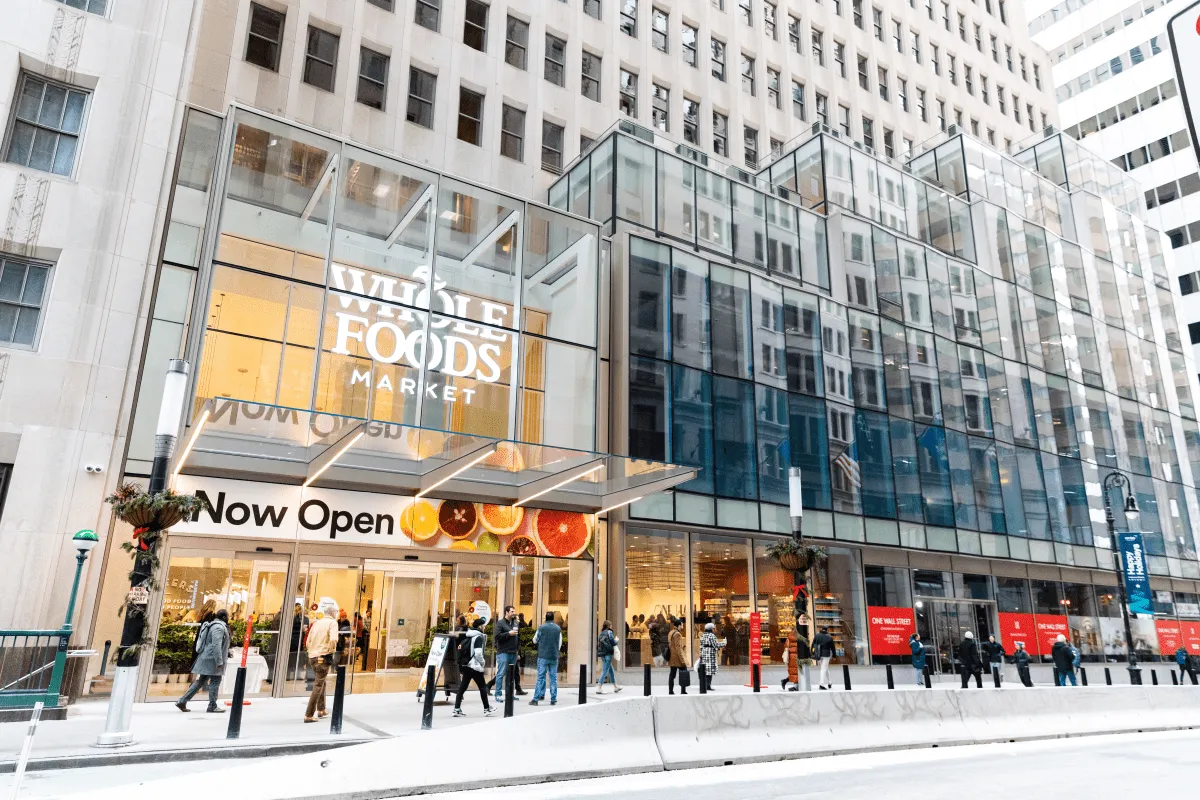
In case you missed it
Whole Foods is “bullish” on store expansion
The Amazon-owned specialty grocery chain, which has more than 534 stores across the U.S., Canada and the U.K., is looking to ramp up its fleet of stores.
“One of the things that I'm really excited about is the growth potential that we have,” CEO Jason Buechel said during a keynote on Monday at the National Retail Federation’s annual conference in New York. “And we've got growth potential both in our online sales and ultimately in stores.”
Buechel said Whole Foods currently has about 50 stores in its “pipeline” and is looking to grow that to “at least 100” by expanding into new and existing markets. Buechel called attention to Whole Foods’ newest store, which opened in New York City’s Financial District last week, and also to the upcoming one in Bozeman, Montana — the retailer’s first location in that state.
“We are so bullish on our potential to continue to add stores. ... Ultimately, we want to be opening 30 or more stores a year,” Buechel said.
December 2022 retail and food service sales
December’s retail and food services sales came in at $677.1 billion, a dip of 1.1% from the prior month, but an increase of 6% from December 2021, according to advance estimates from the U.S. Census Bureau released Wednesday.
Food and beverage sales for the year were up 7.6% year-over-year, totaling just over $947.5 billion, per the report. As for the grocery sector alone, the Census Bureau reported 8.3% year-over-year growth to $848.5 billion for all of 2022.
Grocery stores saw a small month-to-month increase of 0.1% in estimated change of monthly sales, while food and beverage stores on the whole saw no change compared to the previous month. Compared with December 2021, grocery stores saw a sales bump of 7.3% last month, while sales in the broader food-and-beverage store category overall were up 6.9%.
Albertsons unveils more supplier diversity campaigns
Over the past two weeks, Albertsons launched two separate campaigns aimed at seeking out smaller, independent businesses and suppliers to work with the grocer.
The first is Albertsons’ Supplier Diversity program, which is accepting applications from individual, small- and mid-sized certified diverse-owned suppliers whose products appeal to a diverse customer base, according to the announcement.
The program will provide financial assistance to participants through collaboration with C2FO, a financial technology company. Applications are due Jan. 23.
Through another campaign, Albertsons is looking for small and independent brands that produce emerging food, beverage and pet products to apply and compete at the Natural Products Expo West in California on March 8.
The 60 chosen contestants will present their products in front of a panel of judges for a chance to win prizes valued at $170,000, according to the announcement. The grocer is looking for trending product types, including all-natural and plant-based goods, functional beverages and prepared meals.
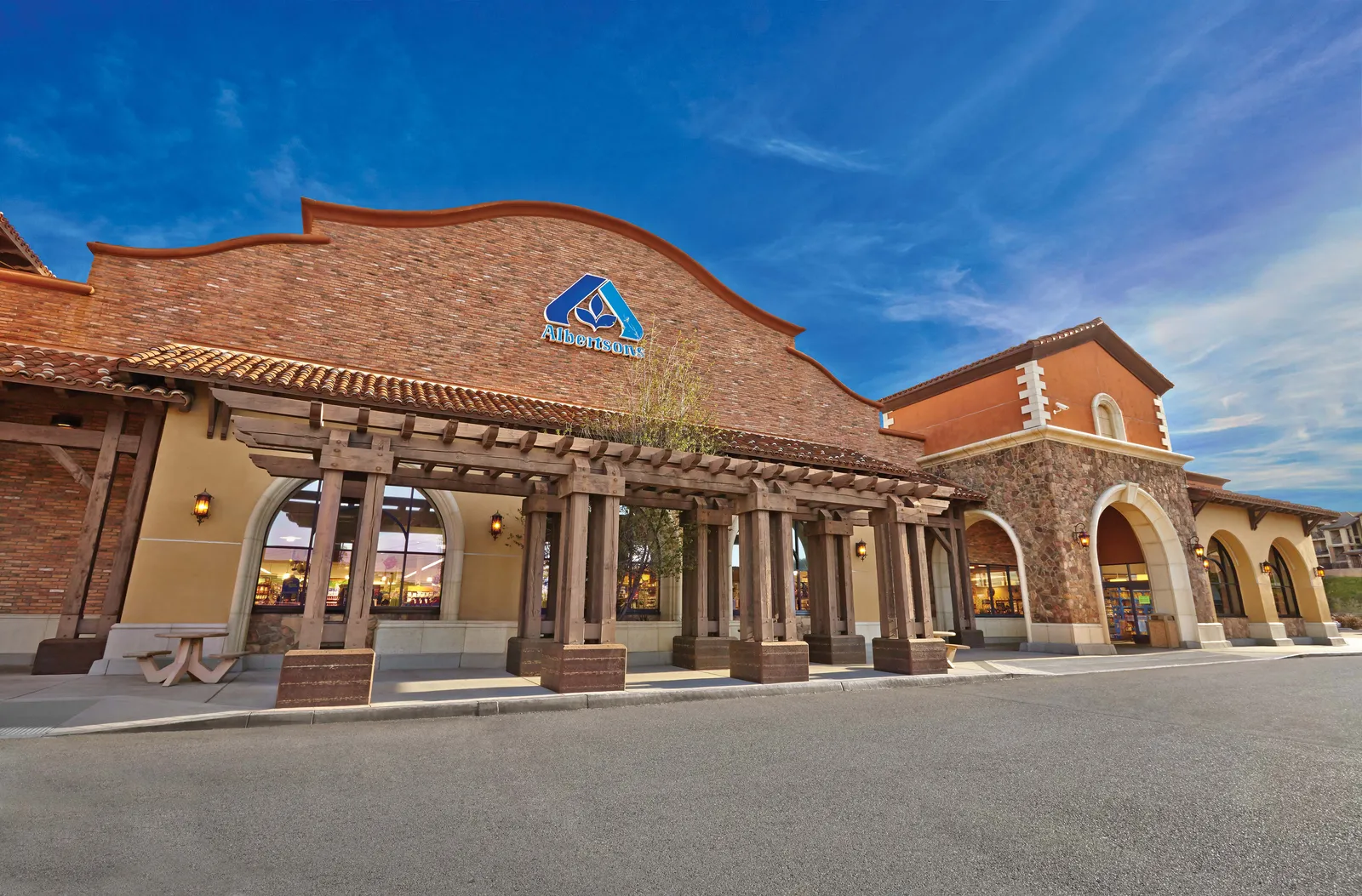
Number of the week: $6.85
This is the amount per common share of Albertsons’ special dividend payout, which the company began distributing today. The payment, delayed from its initial Nov. 7. date, starts after months of pushback from numerous state attorneys general.
What’s ahead
FMI Midwinter Executive Conference
The Food Industry Association’s 2023 Midwinter Conference will take place from Jan. 20-23 at the Hyatt Regency in Orlando, Florida. The conference will feature a number of keynote speakers, who will discuss what to expect from the grocery industry this year.


